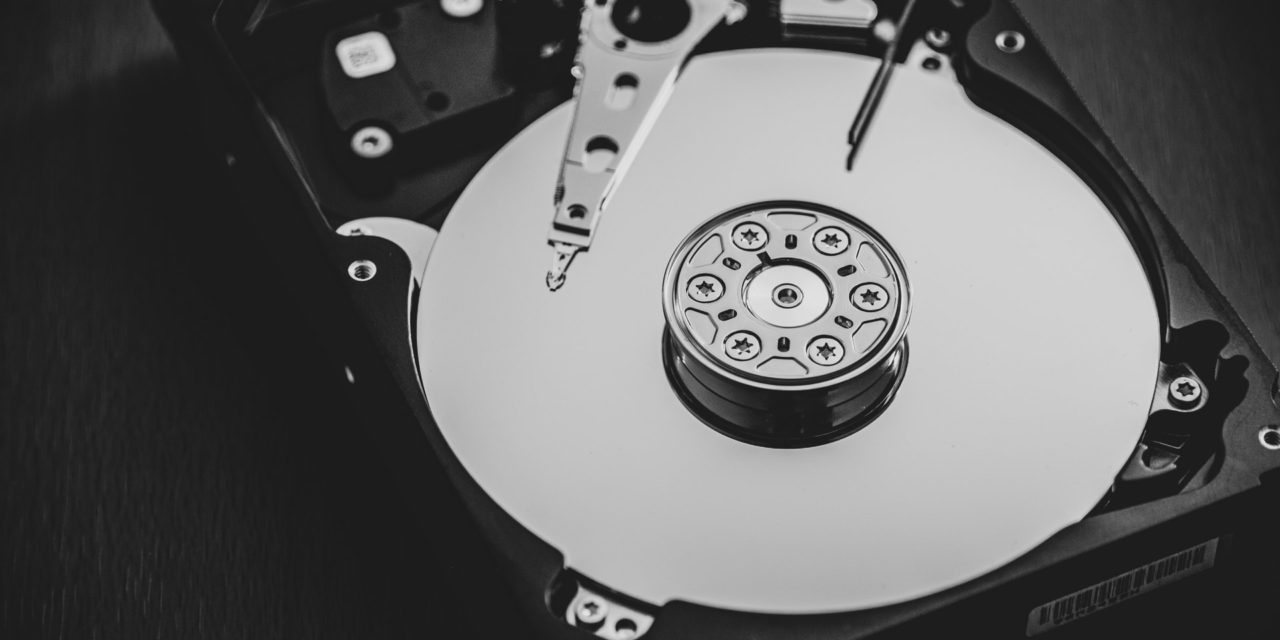[ad_1]
Often, important data is stored in reliable RAID systems. The primary reason is that raid systems are used as they are more fault-tolerant. In other words, it is easy to configure RAID systems while the system is still running. The failing drives can be replaced without shutting down the entire system. In this article, we are going to talk about a few tips and tricks for raid data recovery.
As with any other electronic device, RAID drives are also prone to failure. If one drive fails, it is possible to offset the failure. However, this is not possible if a lot of drives fail. Typically, many drivers in the system tend to fail.
Keep in mind that RAID systems consist of the same hard drives found in a personal computer. Therefore, these systems have problems similar to those of personal computers. In fact, engineers have to deal with complex problems when they need to fix RAID systems. Common problems include drive failures, controller failures, and accidental reconfiguration of RAID drives.
Although RAID systems are much stronger and reliable, they may have problems from time to time. Given below are a few tips that you can follow to deal with the RAID failure, prevent further loss and recover the lost data.
DON'T DO-IT-YOURSELF!
Some people make the mistake of recovering data from their RAID drives. This is a common mistake. Even if you know how to retrieve data from a hard drive, make sure you don't do it yourself.
For data recovery, you have a higher rate of success during the first attempt. Therefore, it is a good idea to contact a professional data recovery service. This is important if you want to prevent further loss and recover as much data as possible.
DON'T Try to REBUILD THE RAID
Another common mistake is to rebuild the RAID. Doing so may overwrite the information on the controller. This information tells the RAID controller how and where to get the required data. Rebuilding the RAID will make it much more difficult or even impossible to look for and recover The Lost files.
DON'T Try to REMOVE THE DRIVES
It is not a good idea to remove the drives from the RAID array. Doing so may overwrite important data. If you have to remove the drives for some reason, make sure to label them first. Once you have labeled them based on their order, you can remove them and put them back in the same order.
DON'T use Recovery Tools
Again, you may not want to run any data recovery tools as these tools may change data. As a result, you may find it hard to recover the lost data using a different technique. So, it is better not to use any data recovery software.
DON'T FORMAT or Reinitialize
If you format or reinitialize the drives, this may overwrite the data pointers and catalogues. This process will delete your important data.
DON'T Use UNCONFIRMED BACKUPS
If you are 100% sure that the backups you created contain the same data stored on the RAID drives, you can restore your critical data from the backups. However, if you are in doubt, make sure you don't try to restore data from doubtful backups.
So, make sure you follow these tips to recover data from RAID drives.

